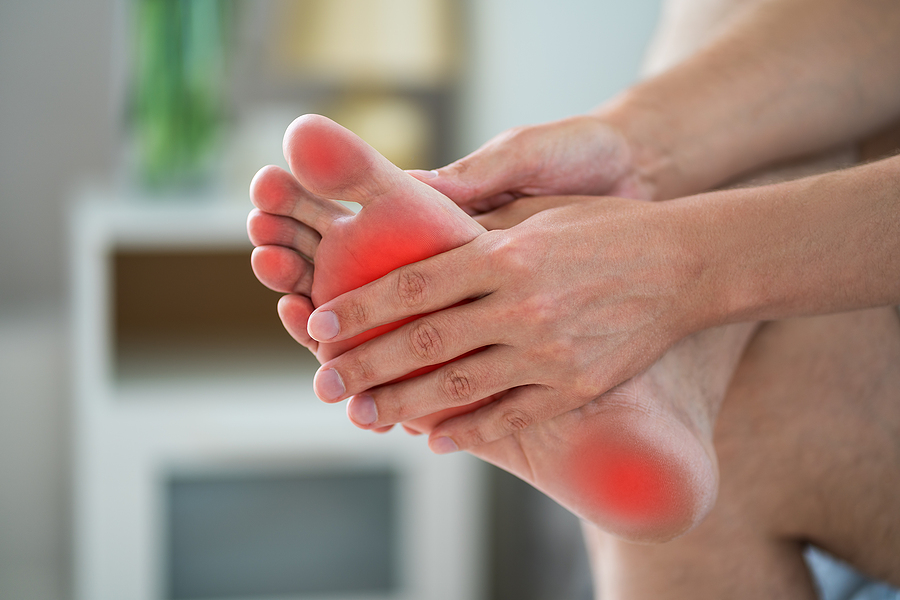Diabetic Foot Pain: Causes, Problems, and Controls
Healthful Vitality | 09/17/2021 | Diabetic Foot Pain: Causes, Problems, and Controls | By NP Team.

Diabetes is the number one cause of foot pain that is not related to trauma. Most people living with diabetes have neuropathies, vasculopathies. In diabetes, it is not rare for a person to complain about so-called gloves and sock syndrome, a condition in which sensation in hands and feet is altered.
Neuropathy and foot pain
Most people living with diabetes have altered sensations in their feet. However, many may not know about it, and only the test by a specialist may confirm. Nonetheless, some may feel tingling, numbing, or even painful sensations in the feet. It’s a condition called peripheral neuropathy.
In most cases of diabetes, foot pain is due to changes in sensory neurons. If some individuals develop numbness, others may develop hypersensitivity. It means that nerves become extremely sensitive to even minor irritations. In some cases, local pain receptors may start firing even in the absence of any irritant.
This burning, stabbing, and tingling pain caused in diabetic foot is extremely challenging to manage. Worst of all, it may be persistent and cause considerable distress.
However, not all pains in diabetic food are due to sensory neurons. Sometimes, these pains may be due to changes in motor neurons. It may make local muscles weak, and thus they may readily get strained. Many people living with diabetes have difficulty balancing and walking. People with diabetes are at greater risk of falls.
In some cases, the cause of foot pain could be due to changes in the autonomic nervous system or autonomic neuropathy. These changes would cause either dry skin or sweat excessively. All this may cause the skin to crack, get infected with bacterial or fungal infections. This may ultimately lead to non-healing and painful sores.
Circulation problems and foot pain
Many people living with diabetes may feel extreme discomfort in the lower extremities due to poor blood supply. In diabetes, small and large blood vessels become stiff, and they are also more likely to be blocked.
If arteries become blocked, they cause extreme pain in the feet as they are deprived of oxygen supply. In addition, many individuals may develop non-healing ulcers.
Diabetes may also affect veins, thus slowing down the backflow of the blood. This may cause local swelling and pain, skin irritation, and even ulceration. These conditions may be quite painful.
Muscle and joint problems
Although neuropathies and vascular causes remain the prime reason for diabetic foot pain, muscle and joint problems may also occur more frequently. As diabetes is a severe metabolic disorder, it makes joints stiff, weakens adjoining muscles. As a result, a person living with diabetes is more likely to develop various foot deformities. Additionally, diabetes significantly increases the risk of joint disorders.
Managing foot pain
As foot pain occurs in diabetes due to so many different reasons, managing it is pretty challenging. Doctors would frequently prescribe vitamins B-complex along with other supplements. Painkillers, anti-seizure drugs, anti-depressants may help control pains of various origins. Additionally, physiotherapy may help in some cases. Foot rollers, foot massage, wearing special shoes may also help both prevent and manage the condition.
